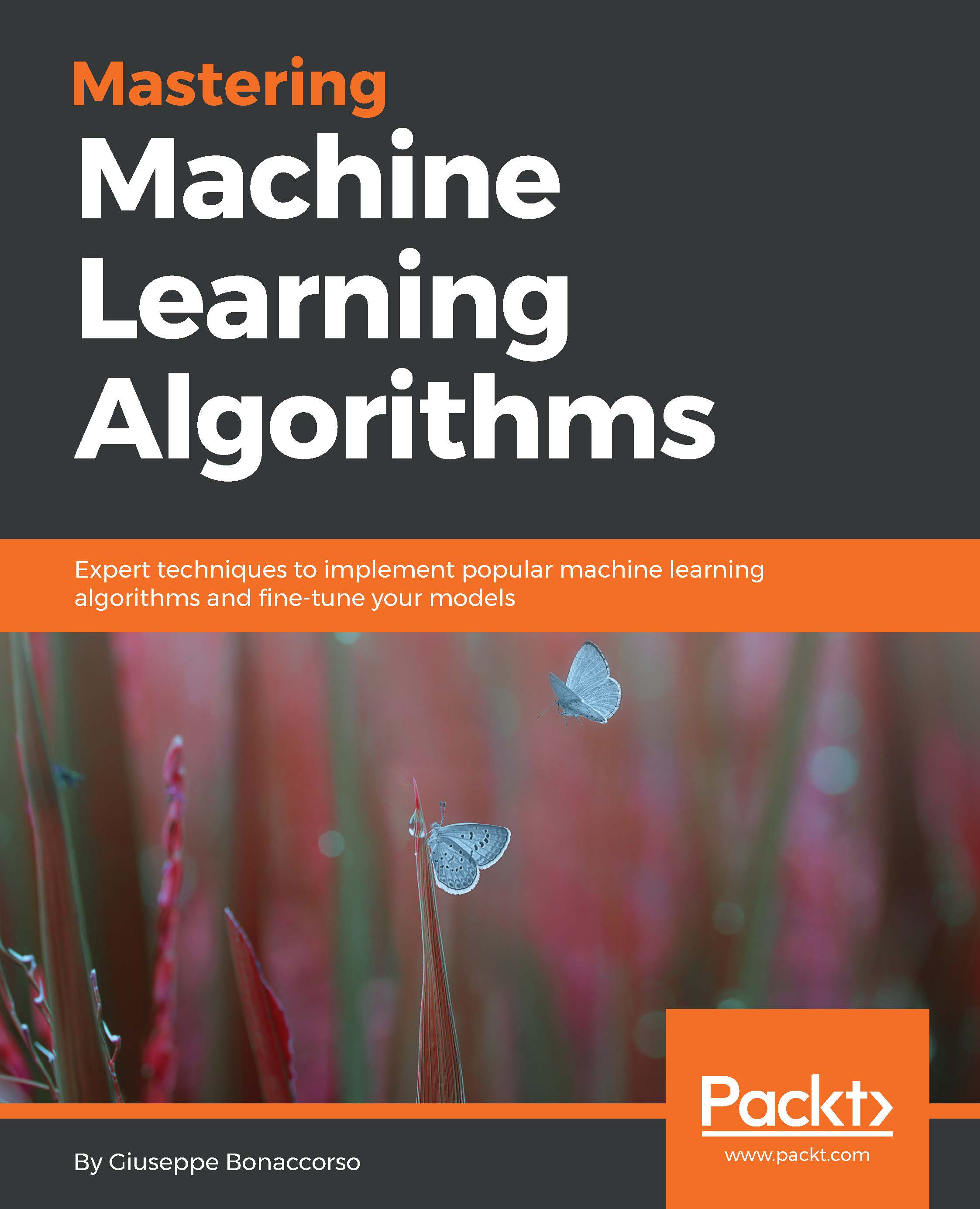Chapter 11. Autoencoders
In this chapter, we are going to look at an unsupervised model family whose performance has been boosted by modern deep learning techniques. Autoencoders offer a different approach to classic problems such as dimensionality reduction or dictionary learning, but unlike many other algorithms, they don't suffer the capacity limitations that affect many famous models. Moreover, they can exploit specific neural layers (such as convolutions) to extract pieces of information based on specialized criteria. In this way, the internal representations can be more robust to different kinds of distortions and much more efficient in terms of the amount of information they can process.
In particular, we are going to discuss the following:
- Standard autoencoders
- Denoising autoencoders
- Sparse autoencoders
- Variational autoencoders







































































